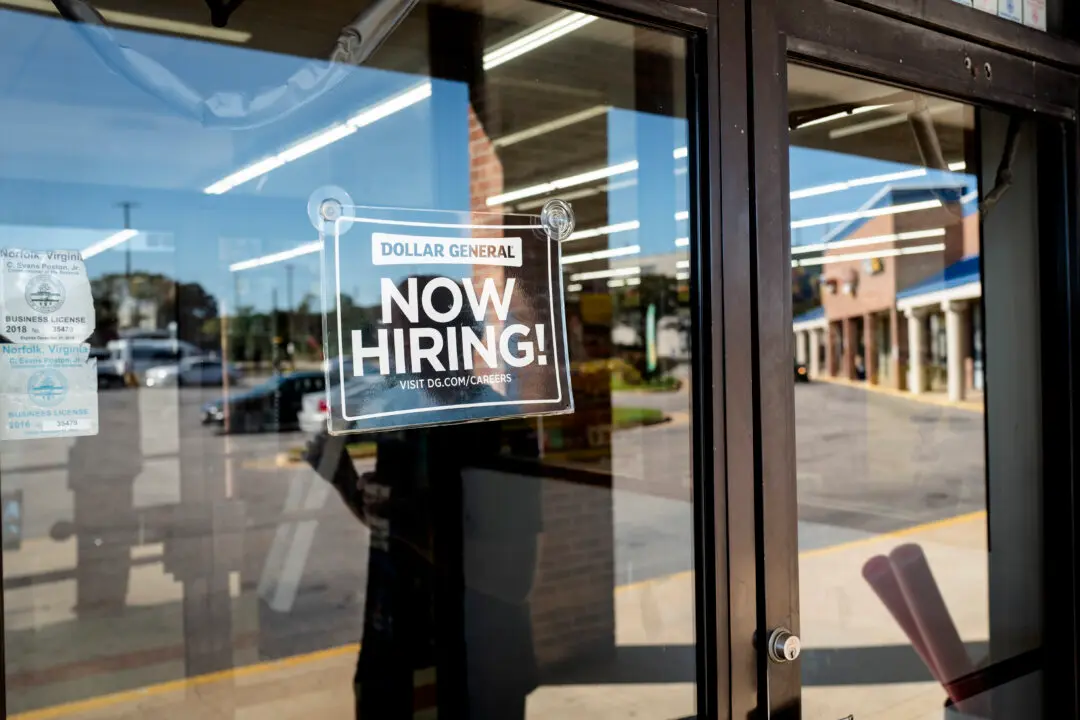Economist Nouriel Roubini has warned about an impending crisis in the global economy that policymakers likely won’t be able to handle.
Following the explosion of leverage, borrowing, and deficits in recent decades, the world economy is now moving toward an “unprecedented confluence” of financial, debt, and economic crises, Roubini warned in a Dec. 2 article for Project Syndicate. Households, corporations, financial institutions, governments, pension plans, and other entities are now burdened with massive amounts of debt that will only “continue to grow as societies age.”





